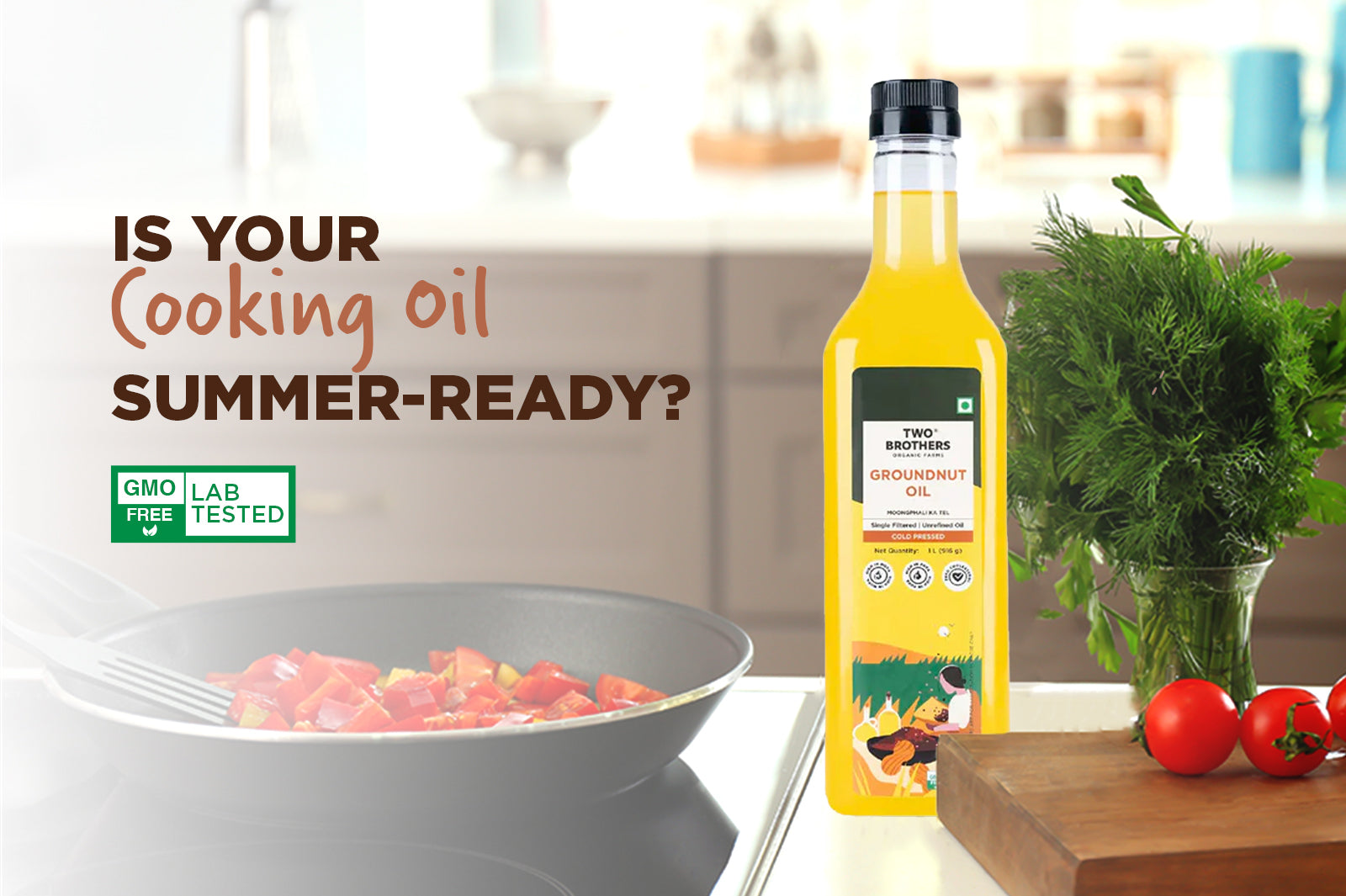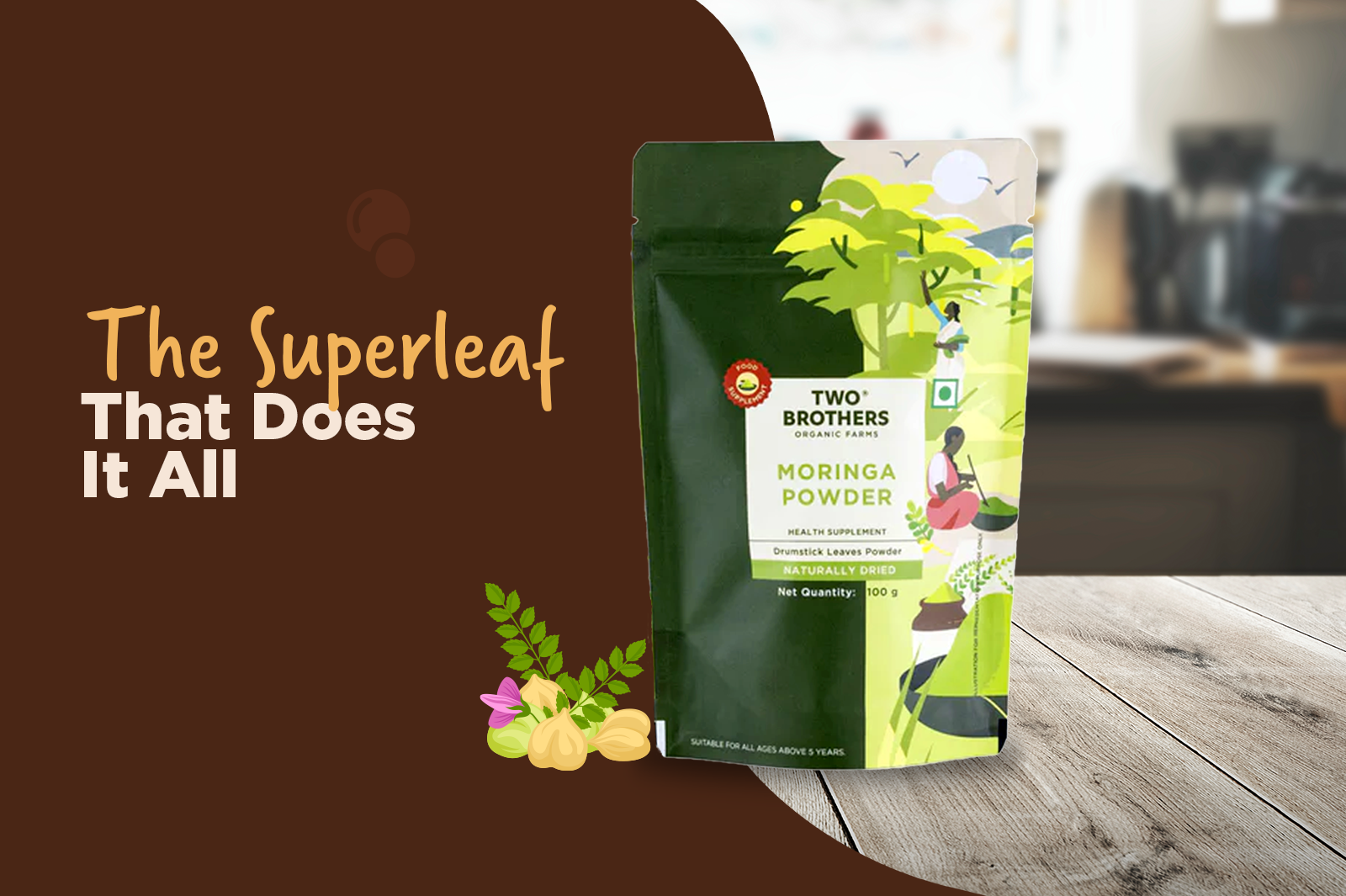Why Ghee Deserves a Spot in Your Child’s Daily Diet
For generations, Indian kitchens have relied on ghee not only for its rich taste but also for its nutritional value. When it comes to children, the food choices we make directly impact their growth, digestion, immunity, and overall well-being. One traditional superfood that continues to stand the test of time is ghee for kids—particularly desi ghee for kids made from the milk of indigenous cows.
Whether you're trying to enhance your child’s immunity or looking for better digestion support, including ghee for digestion in kids, this golden elixir offers it all. In fact, with increasing awareness, parents today are seeking the best ghee in India to ensure their children get nothing but the best nourishment.
Let’s explore why ghee is so beneficial for children and how you can seamlessly incorporate it into everyday meals.
The Nutritional Power of Ghee for Kids
Ghee is a clarified form of butter, devoid of milk solids and water, making it easier to digest and highly nourishing. It contains fat-soluble vitamins like A, D, E, and K which are essential for a child’s brain development, bone health, and immune system.
Desi ghee, especially when prepared using the traditional bilona method, retains its nutritional profile. One of the finest examples of this is the Desi Cow A2 Ghee by Two Brothers Organic Farms. This handcrafted ghee is made from the A2 milk of indigenous Gir cows and is widely regarded as one of the best cow ghee products in the Indian market today.
Why Choose Desi Ghee for Kids?
-
Better Digestion: Ghee stimulates the secretion of stomach acids and enhances gut health.
-
Boosts Immunity: The antioxidant properties in desi ghee support a robust immune system.
-
Weight Balance: Contrary to popular myths, moderate amounts of ghee help maintain a healthy weight in children.
-
Brain Development: The omega-3 fatty acids in A2 ghee are excellent for cognitive growth.
If you’re still wondering whether ghee should be a part of your child's diet, the answer is a resounding yes—but only if it’s the best desi ghee in India, free from additives and preservatives.
How Much Ghee Should Kids Consume?
Moderation is key. Children between 1 to 3 years can benefit from 1-1.5 teaspoons of ghee per day, while those between 4 to 10 years can consume up to 2 teaspoons daily. However, this amount can vary based on their activity level and overall diet.
The quality of ghee is crucial. Instead of store-bought refined variants, choose best ghee for kids made from A2 cow’s milk. Again, Desi Cow A2 Ghee fits this requirement perfectly.
Simple Ways to Add Ghee in Kids’ Meals
Including ghee in your child’s food doesn’t need to be complicated. In fact, it can be delightfully simple and delicious.
1. Ghee-Roasted Roti or Paratha
Instead of using oil or butter, brush freshly cooked roti or paratha with ghee. This not only improves the flavor but also helps in digestion, especially when accompanied by fibrous vegetables or dals.
2. Ghee in Dal-Chawal
Just a spoonful of ghee on hot dal-chawal or khichdi can transform the dish. The fat in ghee makes it easier for the body to absorb fat-soluble vitamins from lentils and rice, making it an excellent example of ghee for digestion in kids.
3. Ghee in Porridge or Sheera
Sweet dishes like ragi porridge, suji halwa, or atta sheera become nutritionally rich and tastier when cooked in desi ghee for kids. These comfort foods are also easier to digest when cooked with ghee, making them ideal for toddlers and preschoolers.
4. Ghee on Steamed Vegetables
A small dollop of ghee on boiled carrots, peas, or beans can help children eat vegetables more willingly. Ghee acts as a flavor enhancer and also supports better nutrient absorption.
5. Ghee Rice or Jeera Rice
Toss steamed rice with ghee and cumin (jeera) to make a quick, tasty, and gut-friendly meal. This is especially useful during days when your child’s digestive system needs a break.
6. Ghee in Soups and Stews
Add a teaspoon of ghee into vegetable or chicken soups. The taste becomes richer, and the soup becomes more filling, making it perfect for dinner during cooler months.
7. Baking with Ghee
If you bake cookies, muffins, or pancakes for your kids, replace butter or oil with ghee. It gives a nutty, aromatic flavor and improves the texture of baked goods.
Choosing the Best Ghee for Kids – What to Look For
When picking ghee for your children, consider the following:
-
Source of Milk: Ghee made from A2 cow milk (like Gir or Sahiwal cows) is preferable.
-
Method of Preparation: The Traditional bilona method of ghee retains more nutrients.
-
No Additives: Look for products with zero preservatives, artificial colours, or flavours.
-
Certified Organic: Ensures it’s free from pesticides and hormone injections.
This is why Desi Cow A2 Ghee stands out. It is one of the best desi ghee in India—handcrafted, free of chemicals, and made using traditional practices.
The Role of Ghee in Ayurvedic Nutrition for Children
In Ayurveda, ghee is considered a “samskara-anupana”—a medium that enhances the efficacy of medicinal herbs and nutrients. It is said to balance vata and pitta doshas, making it ideal for kids with sensitive digestion or hyperactivity.
Moreover, ghee is emphasized in Ayurvedic texts for digestion in kids as it aids agni (digestive fire), which is vital for nutrient absorption and toxin elimination.
Busting the Myth: Does Ghee Make Kids Fat?
It’s a common misconception that ghee leads to weight gain in children. However, the truth is that natural fats are essential for energy, especially for growing children. When consumed in moderation, ghee for kids supports metabolism and does not contribute to unhealthy fat accumulation.
In fact, children who are physically active benefit immensely from the energy boost that comes from best cow ghee and best ghee in India varieties.
Why Indian Mothers Swear by Amorearth Desi Cow A2 Ghee
The trust in ghee is deeply rooted in Indian households, but the quality is what makes the real difference. Desi Cow A2 Ghee from Two Brothers Organic Farms has gained popularity among mothers across India. Here's why:
-
Made from A2 milk of free-grazing Gir cows
-
Processed in small batches using the bilona method
-
Free from additives, preservatives, and GMOs
-
Rich aroma and flavour that kids love
-
Ethically sourced and handcrafted
This makes it not just the best ghee for kids, but arguably the best desi ghee in India overall.
Expert Tips for Using Ghee in Kids' Diet
-
Start early: Introduce ghee after 6 months (post doctor consultation).
-
Be mindful of quantity: 1–2 teaspoons is sufficient daily.
-
Combine with seasonal veggies or grains for better digestion.
-
Use ghee instead of refined oils or margarine.
-
Don’t overheat: Add ghee toward the end of cooking to preserve nutrients.
FAQs
Q1: Is ghee safe for babies?
Yes, ghee is safe for babies above 6 months, but always consult your pediatrician before introducing any new food.
Q2: Which is the best ghee for kids in India?
Amorearth Desi Cow A2 Ghee is one of the top choices because it is made using traditional methods from A2 milk of indigenous cows, making it ideal for young children.
Q3: Can ghee help with digestion in kids?
Absolutely. Ghee for digestion in kids is a time-tested remedy in Ayurveda. It lubricates the intestinal walls and helps in better absorption of nutrients.
Q4: Is ghee better than butter or oil for kids?
Yes. Ghee is easier to digest, rich in fat-soluble vitamins, and free from harmful trans fats often found in processed butter or refined oils.
Q5: How can I make my child like the taste of ghee?
Start with small amounts in dishes they already enjoy—like dal, rice, or parathas. Ghee’s natural aroma and taste often grow on children.
Final Thoughts
Ghee is not just a cooking ingredient—it’s a wholesome food that supports your child’s development, digestion, and immunity. When chosen right, like the Desi Cow A2 Ghee, it can truly become a secret weapon in your parenting toolkit.
In a world full of processed, refined, and synthetic options, choosing the best desi ghee—authentic, chemical-free, and ethically made—is a simple yet profound step toward raising healthy, happy children.
So go ahead, stir in that spoon of ghee into your child’s next meal. Their tummy, taste buds, and health will thank you.















